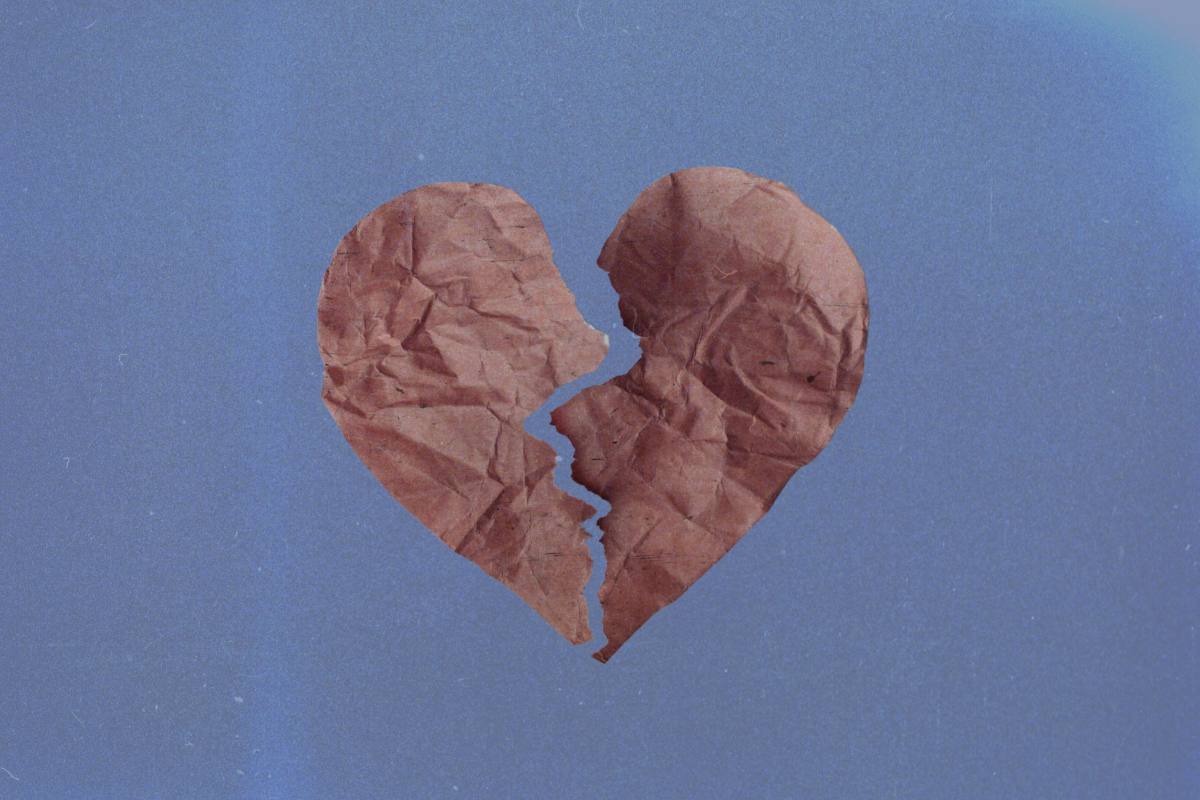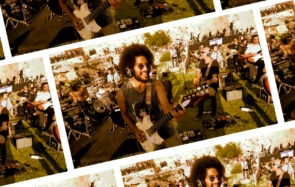How do you tell a 4-year-old the world hates her because of her name? Specifically, her last name. Her blonde hair, her rosy cheeks, her beautiful but unaffiliated first name lets her hide in a way Jews have attempted for millennia. But I still hesitate to call out “Eloise” on the playground, glancing around first to see who might be listening, who might know by the sound of my voice that we also call her by her Hebrew name, Efrona Barucha, our blessed songbird.
Growing up in a Conservative-turned-Reform Jewish family, Judaism was simply a part of life. We celebrated the High Holidays, lit the menorah and invited the community to our home with the promise of delicious brisket and chocolate babka, if I didn’t get to the babka first. Our home was a bastion of tradition — no bacon in the house, and my mom maintained a kosher kitchen until the logistics of holiday potlucks proved too challenging. Even then, it was more about practicality than a shift in belief.
As my daughter runs around our living room, her Jewish experience feels so different from mine. The world seems darker, more dangerous for those who wear their faith openly. And yet, I desperately want to pass on the warmth, the community, the sense of identity that Judaism gave me.
But fear is my constant companion.
I was in middle school on August 10, 1999. I had just walked the two miles home from the school yard, a journey I made countless times without a second thought. As I flopped onto the couch, breaking news flashed across the screen. A gunman had opened fire at the North Valley Jewish Community Center.
My preschool — my summer camp for years.
The same playground where I had once chased friends and built sandcastles was now a crime scene. I recognized faces: the receptionist who always gave me lollipops and spoke in whispers as though we shared a secret; my sister’s friend who worked as a counselor. Both had been shot. A line of small children, hands linked together, were led away from the center, blue and red lights flashing around them. Their faces confused, uncertain, but unafraid. Not like me.
My bubble of safety shattered. The realization that someone could still hate us so much, simply for being Jewish, that they would attack innocent children… that the stories I had been told all my life about the Holocaust, the hatred of Jews — the blame — still haunted us.
Years later, I was living in Rome with my wife. We reveled in the history, the art, the food. But amidst the beauty, scattered throughout the city were Stolpersteine – stumbling blocks. These small brass plaques, embedded in the cobblestones, bore the names of Jewish families torn from their homes during the Holocaust.
In the States, I could choose to engage with Holocaust history or not. In Rome, it was literally underfoot. Each stone represented a life, a family, a story brutally cut short. I always paused, read the names and imagined the fear and confusion they must have felt. And while Jews so often reflect on those moments with appreciation, sighing “I’m still here,” the daily reminder of those lost only screamed to me about those who couldn’t say that. And then the Tree of Life Synagogue shooting happened, punctuating, once more, Jews were never welcome.
When I moved back to the Los Angeles area, tucked into our quiet suburban neighborhood with my daughter now enjoying a house, a yard, and friends at school, the monotonous front yards that looked the same shielded me for a time. But it was a sunny day, nothing out of the ordinary, as my wife and I drove to Target for a routine errand. A truck passed on the other side of the street, proudly flying a Ku Klux Klan flag from its bed, the driver throwing his arm out the open window in a Nazi salute
My knuckles turned white against the steering wheel. “What’s wrong?” my wife asked. At first, I couldn’t find the words. Then, I didn’t want to find them. How could I explain the visceral sick feeling in my gut, but more importantly, the immense fear I had that they would notice my daughter in the back seat, smiling and singing to herself?
It would be easier, perhaps, to step away from our Jewish identity. To try, once more, to blend in — simply avoid drawing attention. But that path feels like a betrayal — of my ancestors, of myself and of the rich heritage I want to give my daughter.
So, we light the Shabbat candles on Friday nights. We dip apples in honey for Rosh Hashanah. We recite simple prayers, and her face lights up when she searches for the afikomen, the way mine had when I would purposefully look under every table or night stand as an excuse to get my nice clothes dirty.
But even as we celebrate, I scan rooms; I note the exits. It feels necessary in a world where Jewishness remains synonymous with conspiracy theories, scapegoating and discrimination. For now, we focus on the positive — the beauty of our traditions, the strength of our community, the importance of standing up for what’s right. As she grows, we’ll have harder conversations. We’ll talk about history, about prejudice, but mostly, about resilience.
I want her to be proud of who she is, to wear her Jewish identity with confidence. But I also want her to be safe. It’s a tightrope walk, balancing heritage and caution, pride and protection. And I’ll hope — with all my heart — that her generation can build a world with a little less hatred, a little more understanding.
For now, I’ll do my best to call her name on the playground without hesitation. I’ll proudly explain the meaning behind her Hebrew name. I’ll encourage her to sing as our Efrona Barucha. But most of all, I will work to create a world where no parent has to worry about their child being hated.








